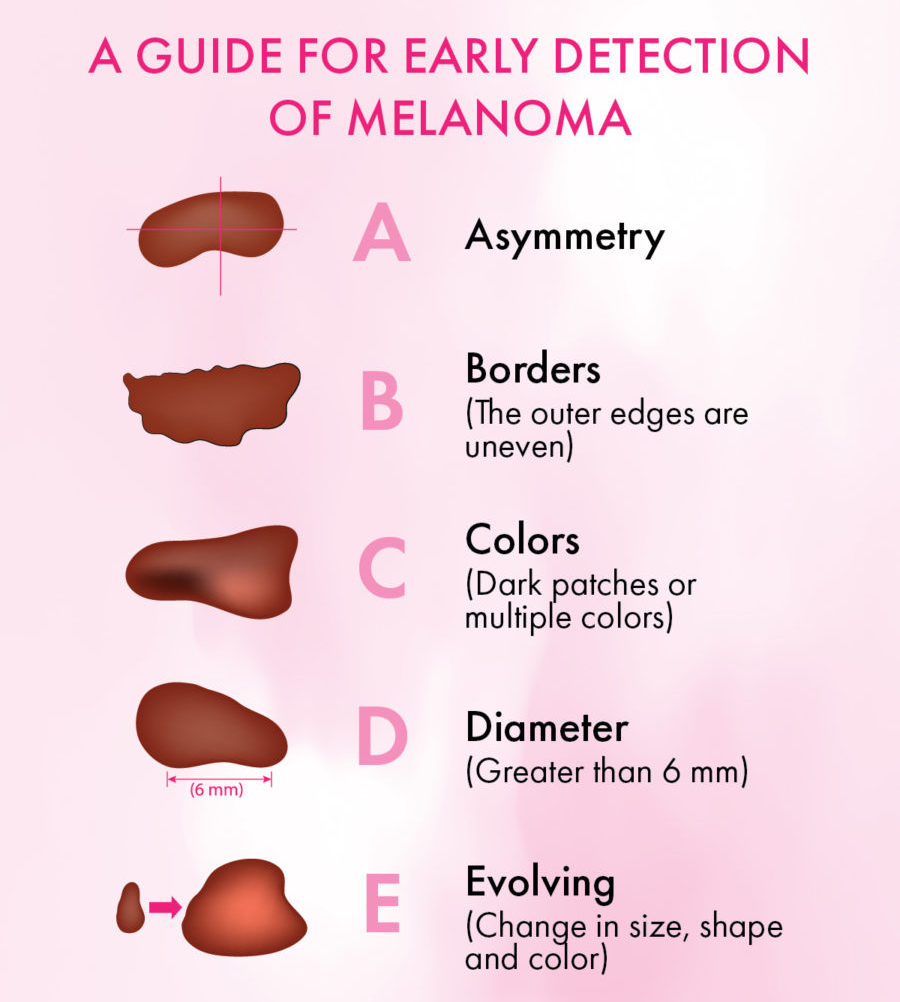Ever Seen A Dermatologist? Here's Why & When You Should!

You probably already know you should hit up your doctor every year, but did you know that experts recommend seeing your dermatologist annually, too? It may seem weird, but yearly visits to the derm can help you catch skin cancer early and help you feel and look good. We reached out to a few dermatologists about what annual skin checks are and why they’re a must.
Should Everyone Go to the Dermatologist Annually?
The dermatologists we spoke to each recommended an annual appointment, but TBH there’s no “one size fits all” mold.
“How frequently you visit the dermatologist depends entirely upon your skin type, chronic skin issues, and family history of skin cancers such as melanoma,” says Dr. Milton R. Moore, a board-certified dermatologist with Sonterra Dermatology in San Antonio, Texas. “For example, those with a family or personal history of skin cancers such as melanoma should visit the dermatologist more frequently in order to have a full-body skin examination to discuss the appearance and progression of benign and malignant lesions.”
People with fairer skin tones, many large moles (100+), or a history of bad sunburns should also go more often. Generally speaking, high-risk patients should go two to four times a year. Reach out to your derm to discuss an ideal frequency for you.
When Should You Start Seeing a Dermatologist?
While many medical issues seem to affect older people, age is not a factor when it comes to skin cancer. “In fact,” says board-certified dermatologist Dr. Orit Markowitz, “the highest cause of cancer death for people in their 20s is melanoma. Therefore, I recommend patients begin getting skin checks annually as soon as possible.”
Can’t I Just Do My Own Skin Cancer Checks?
Skincare self-checks are super important, and you can definitely keep tabs on your body throughout the year by looking for the ABCDEs, outlined below. However, there are some “hard to see” places that you might miss. Think about how easy it is to miss a spot when shaving your legs!
Also, while dermatology is very visible, doctors have trained eyes and special tools that can help them better detect melanomas.
“We have extensive ways for mole mapping, including dermoscopy, confocal microscopy, and photography,” says Dr. Diane Madfes, a board-certified dermatologist and the assistant professor of dermatology at Mount Sinai School of Medicine. She adds, “Unfortunately, many apps exist on the market that give people a false sense of security when followed on their own. If a mole or spot changes or bleeds, it’s always better to have it looked at.”
The ABCDE’s of skin cancer:
- A – Asymmetry: If you draw an invisible line through a mole both halves should be identical.
- B – Border: The border should be smooth and even, not scalloped, notched, or blurry.
- C – Color: Moles should be uniform in color.
- D – Diameter: Moles are usually smaller than the size of a pencil eraser (about 6mm).
- E – Evolving: Changes in color, size, and even height are potential signs of melanoma.

Early detection is so important; finding skin cancer early gives you a 99% cure rate.
What Are Some Other Reasons it’s Good to Go to the Dermatologist Regularly?
Skin is your largest and most visible organ, and there’s a ton of stuff dermatologists can do to help you look and feel comfortable in your body! And btw, dermatology services go way further than what a lot of people realize.
“As dermatologists, we are so lucky to be able to visualize the problems right in front of us. Acne, allergic reactions, eczema and psoriasis can be treated with medications, diet modifications, and targeted skincare routines. Education is very important to prevent flares and overall excellent skin health,” says Dr. Madfes.
Dermatologists can also help with hair loss, dandruff, brittle nails, skin picking habits, and painful hormonal cystic acne.
“People do not always realize that skin, hair, and nails can be addressed best with a board-certified dermatologist. What I add as an advanced imaging expert is to use innovation in looking under the skin to help better diagnose and manage skin disease,” explains Dr. Markowitz. “For example, we can use imaging to diagnose allergic reactions that are not seen with our eyes, or we can help guide treatments much earlier with imaging than we finally see benefits clinically.”
How Much Does Seeing a Dermatologist Cost?
Seeing a derm isn’t cheap, and the average appointment could be between $100 to $200. If you’re lucky, this may be covered by your insurance. Ultimately, you know your budget better than most, but in the long run, regular trips to the derm could save you more money later down the line. So stay on top of your ABCDE’s and if you think something looks suspicious, book an appointment ASAP.
Ultimately, it’s a good move to find a derm you respect and feel comfortable enough with to dish on all things lumps, bumps, and discomforts. They’ll check you from head to toe and come up with a game plan to get you healthy and feeling great.





















Leave a comment